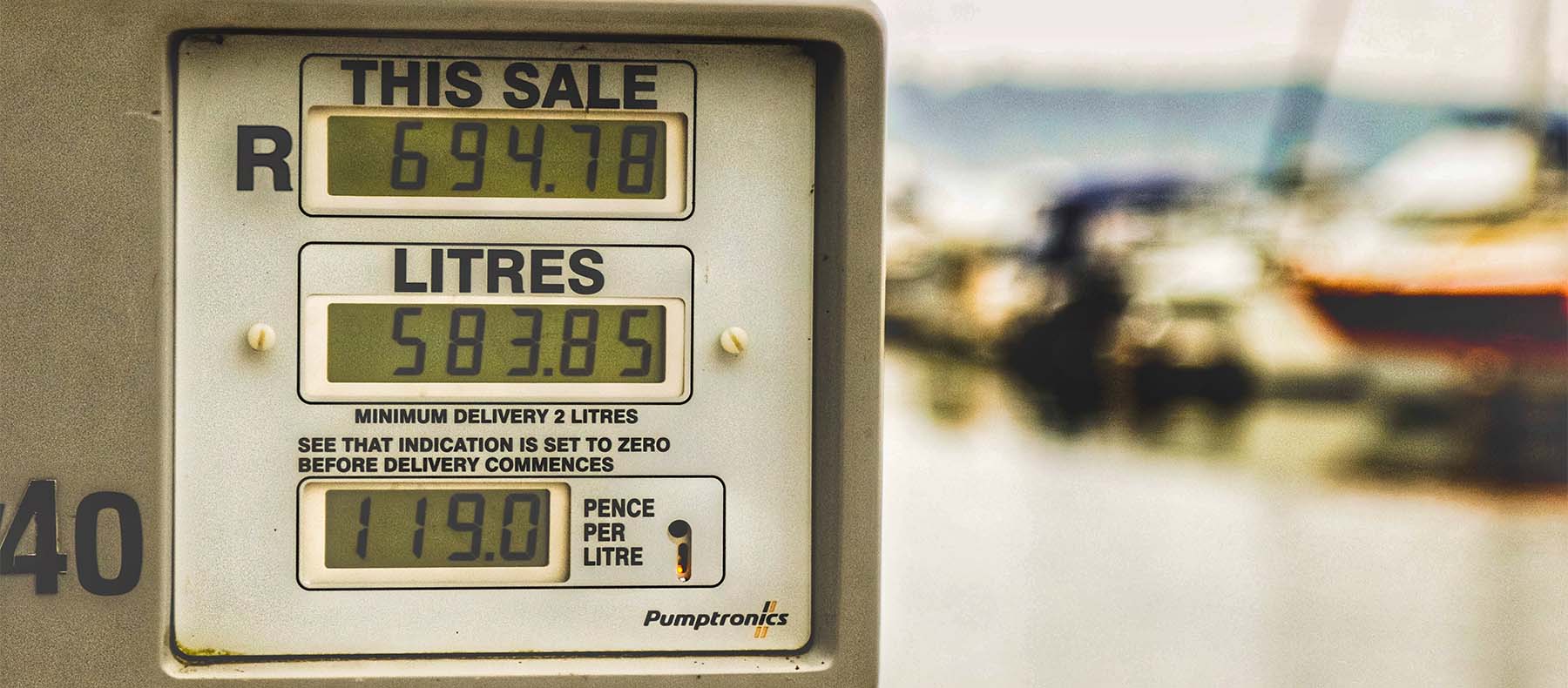Drivers are often unhappy with working conditions according to employee satisfaction surveys. And it's not hard to see why, long-haul truck drivers or drivers of delivery vehicles, for example, work long hours and often spend extended periods away from their families.

Tactics to improve employee satisfaction
One way to counteract dissatisfaction in the profession is to incentivise your drivers by rewarding good driving using telematics data to monitor driver behaviour.
Working out staff incentives at the end of a set period will have drivers wanting to drive better in future and will improve their attitude towards their company because they are getting positive recognition, it's win-win.
How can telematics be used to determine staff incentives?
Many companies have started reward schemes based on telematics and experienced savings.
Incentives do not necessarily have to be financial bonuses, you can use extra holiday time, vouchers, a vehicle upgrade or public recognition for doing a good job, for instance a “Driver of the Year” title. All of these rewards are likely to improve employee satisfaction.
Telematics can show speeding, harsh braking and acceleration, over-revving and too much idling. These behaviours can be targeted for improvement, and reports for periods can show how a driver is improving or maybe highlight a specific area that needs work.
Combining incentives with training will ensure that implementing incentives doesn't become too prize-driven.
It is important to emphasise the right approach with the goal being overall improvement of driving rather than a numbers game. If you focus on statistics, drivers might be tempted to circumvent company processes so that they can get rewarded.
For example, drivers might stop reporting small bumps if there is a reward for accident-free driving, or they might top up the tank with their own money so that they can get a fuel-saving bonus.
This will not only mean that general driving behaviour is not improved but also will result in a loss of accurate reporting and data.
How to implement incentives
Drivers will respond better to a system of reward that is objective and transparent and they will be more motivated to achieve goals that are clearly defined.
The first step is to create a level playing field – when you’re looking at incentivising low fuel consumption different vehicles and mileages will affect the numbers.
Driver leagues might be a better system for reward than individual reward, this will mean giving a smaller reward to a group for drivers rather than rewarding the best drivers.
Using a system of driver leagues aims to avoid the scenario where drivers who are near the bottom of the scale become demotivated and stop trying to improve, after all you will probably be aiming to raise the standards of overall driving and improve employee satisfaction rather than making your best drivers better.
Also, make sure to include line managers to ensure that they motivating good driving.
Why use incentives?
Implementing a system of incentives can be seen in improved overall driving and there are other benefits too.
Drivers will appreciate that their employers value their good performance and development, improving the company’s overall employee satisfaction.
Better driving will not only lead to cost saving in fuel and vehicle maintenance but also improvement in the way the company is received by customers and the public in general.
For more ways that Avis Fleet can help you get the best out of your fleet services, check out our fleet solutions.





